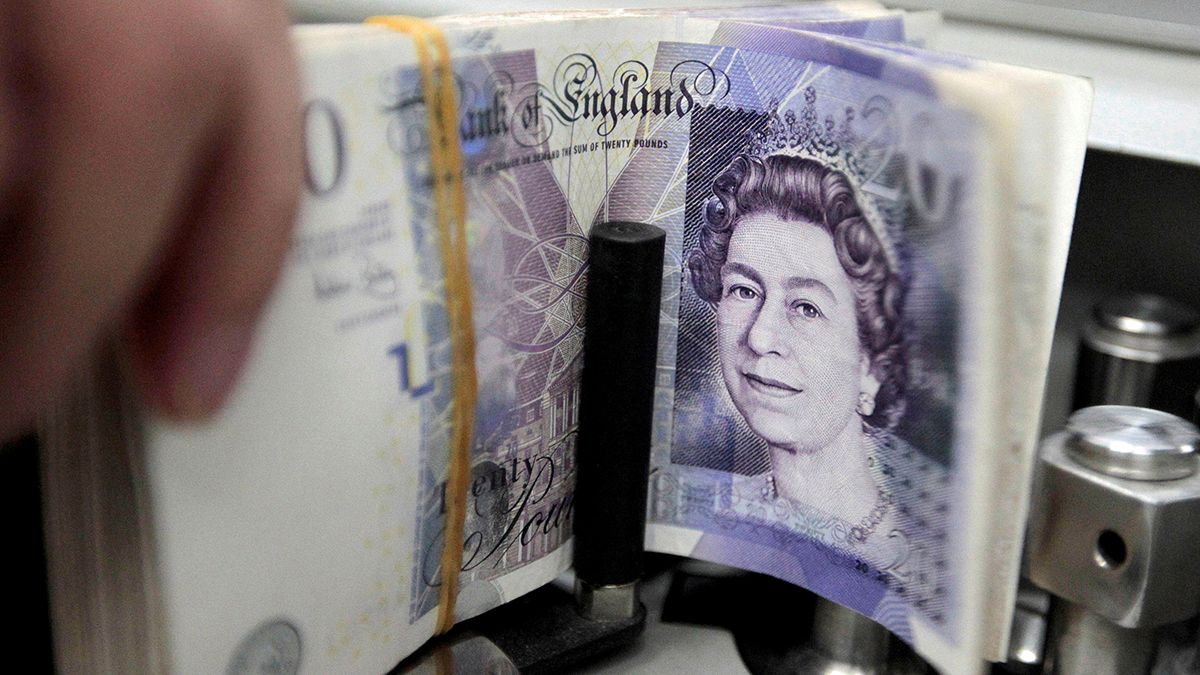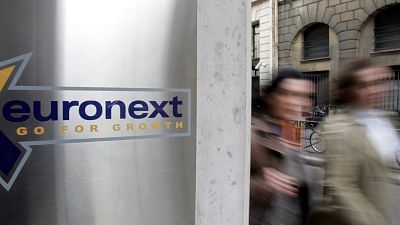The pound suffered a massive temporary loss in value overnight, diving 10 percent against the dollar in just minutes - a so-called flash crash.
Did robots just collapse the pound?
The British currency suffered a massive temporary loss in value overnight, diving 10 percent against the dollar in just minutes – a so-called flash crash.
It fell from around $1.26 to near $1.14 in trading in Asia before recovering somewhat by the time Europe woke up, thought it was still down about two percent against both the US dollar and the euro on Friday.
Foreign exchange dealers said something triggered the fall which was then accelerated by snowballing selling of sterling by computerised trading programmes.
The pound's two-minute mystery crash is putting the spotlight on robot traders https://t.co/qOoMxerDfOpic.twitter.com/rDY2DiI5JT
— Bloomberg (@business) October 7, 2016
One theory is that investors, who were already fretting about the pound’s future, were reacting to a tough speech by French President Francois Hollande.
He said: “Britain has decided to go for a Brexit, I believe a ‘hard’ Brexit. Well, we have to follow through with the desire of the British people to leave the European Union. And we have to be firm. If we’re not then that calls into question the EU’s principles.”
A ‘hard’ Brexit means Britain giving up full access to the single European market for trade in order to limit immigration into the UK, which could hurt manufacturers and the vital financial services industry.
Analysts concerned
According to Michael Hewson, Chief Market Analyst at CMC Markets, there are other factors pushing down the pound: “I certainly think there’s scope for further sterling weakness particularly against the dollar because there’s an awful lot of speculation the Federal Reserve may well raise interest rates in December. So from that point of view the Federal Reserve is potentially on a hiking cycle so that could pressure the pound.”
Higher interest rates in the US would mean investors moving their cash into dollars, away from sterling.
Jeremy Stretch, Head of FX Strategy at CIBC, saw wider implications for the pound’s weakness: “We could see sterling trading below $1.19 … that $1.18-$1.19 area, which we haven’t seen since between March and May 1985, is very much in view. And it’s interesting that we’re starting to see investors also starting to lighten government bond holdings i.e. gilts. So it’s reflective of a loss of confidence in UK PLC as things stand.”
“The pound used to be a relatively simple currency that used to trade on cyclical events and data, but now it has become a political and structural currency. This is a recipe for weakness given its twin (budget and current account) deficits,” said David Bloom, global head of FX research at HSBC.
Traders are getting ready for even more pound volatility after the flash crash https://t.co/YkbnEKOE8Qpic.twitter.com/9VwgEA40tH
— Bloomberg (@business) October 7, 2016
The Bank of England has said it will look into what caused the flash crash.
Governor Mark Carney was already worried about the weakness of the pound which is extremely sensitive to the pronouncements of British and European politicians.



